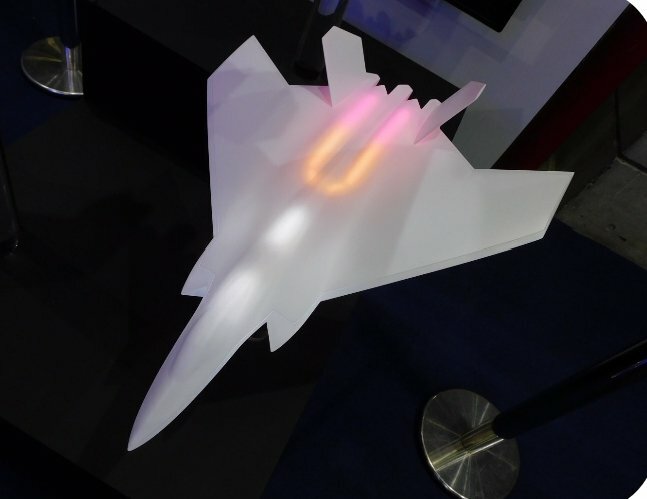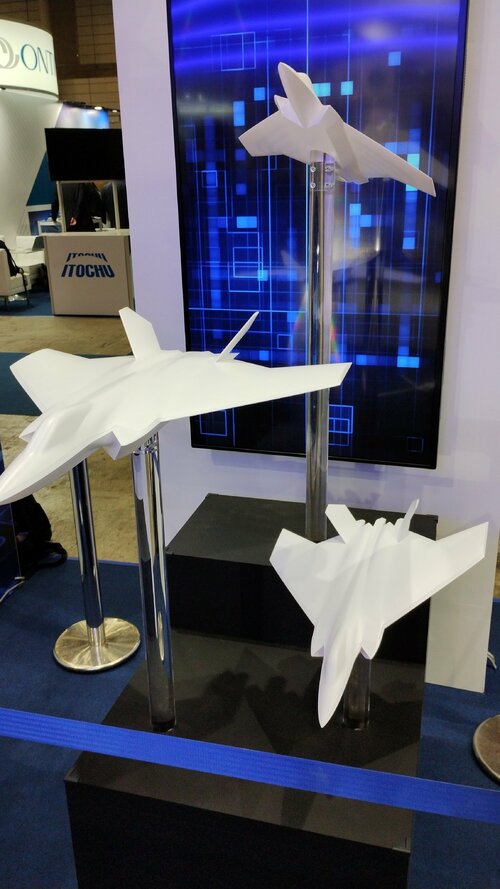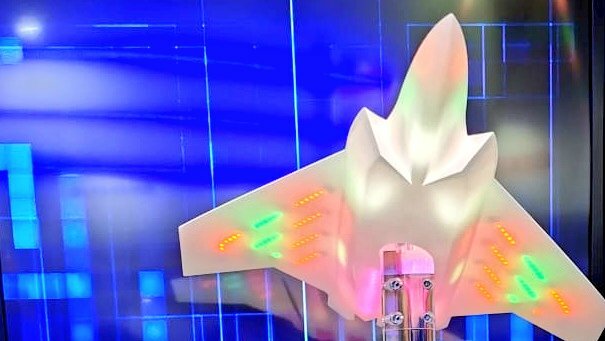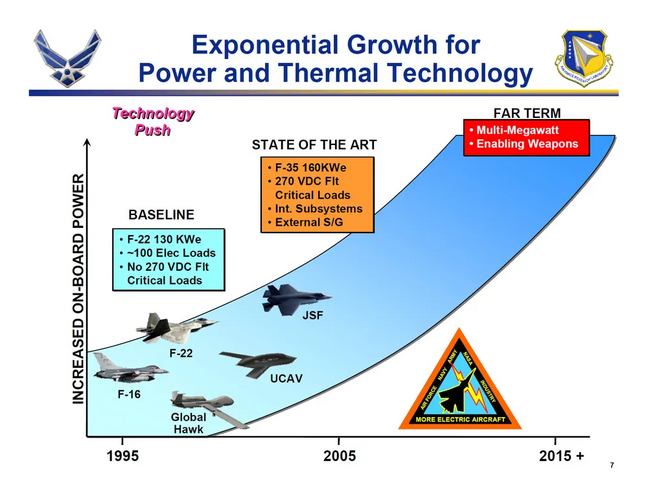FighterJock
ACCESS: Above Top Secret
- Joined
- 29 October 2007
- Messages
- 5,596
- Reaction score
- 5,923

次ææ¦éæ©ã®éçºè²»ãæ¥è±4å²ãã¤è² æã§åè°ï¼é¢ä¿è
æ¥æ¬ã¨è±å½ãã¤ã¿ãªã¢ã®ï¼ã«å½ãé²ãã次ææ¦éæ©ã®å±åéçºã«ã¤ãã¦ãç¦ç¹ã ã£ãéçºè²»ã®åæãæ¥è±ã§ï¼å²ãã¤å¯¾çã«ããæ¹åã§åè°ãã¦ãããã¨ãåãã£ããäºæãç¥ãè¤æ°ã®é¢ä¿èãæããã«ãããjp.reuters.com
Joint venture company will be found by 2025, possible share is UK 4 / JP 4/ ITA 2
I would have thought that the GCAP Joint venture company would have been founded right now instead of 2025, especially since they have all put forward money for the project.














